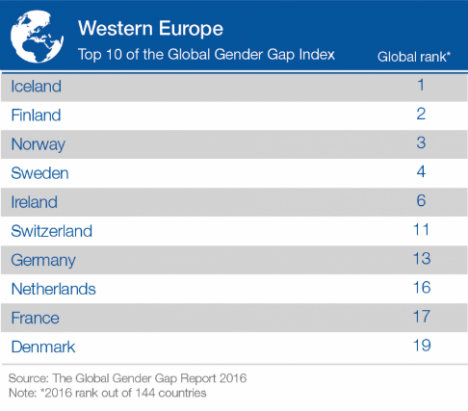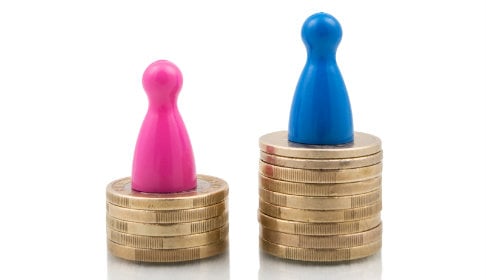Denmark was the Nordic outlier in the Global Gender Gap Report for 2016, with its neighbours Iceland, Finland, Norway and Sweden claiming the top four spots.
Denmark's score of 0.75, in which 0 signifies inequality and 1 is complete equality, ranked it 19th overall, where it was bested by countries including Rwanda, Slovenia, Nicaragua and Namibia. The results for 2016 have worsened since last year, when Denmark was 14th, and even more so since 2014, when it ranked fifth.
“The Netherlands (16) and Denmark (19) have seen their progress stall on women’s labour force participation and estimated earned income,” the WEF wrote.
The category of 'Economic Participation and Opportunity' is where Denmark lost the most ground, going from 20th place in 2015 to 34th this year. On average, for every $1 a woman earned in Denmark last year, a man earned $1.49, which means that while the average annual salary for a woman is the equivalent of around $36,500, it is around $54,704 for a man.

The report by the World Economic Forum (WEF) monitors gender disparities in 144 countries in the four areas of economy, health, education and politics.
Worldwide, health and economy are the spheres in which the gender gap is expected to close at a very slow pace. Gender economic equality has slowed over the past three years and the data suggests that at the current pace we won’t see the economic gender gap closing for another 170 years.
However, there are other areas where Danes are doing better.
Danish couples have one of the most advanced parental leave schemes in the world, with women receiving 126 days of maternity leave, men receiving 14 days paternity leave and parents together receiving 224 days they can divvy up as they wish.
Danish women also tend to live longer than their male counterparts. A Danish woman can expect to live 71 years in good health, while the life expectancy for healthy Danish men is 69.


 Please whitelist us to continue reading.
Please whitelist us to continue reading.
Member comments